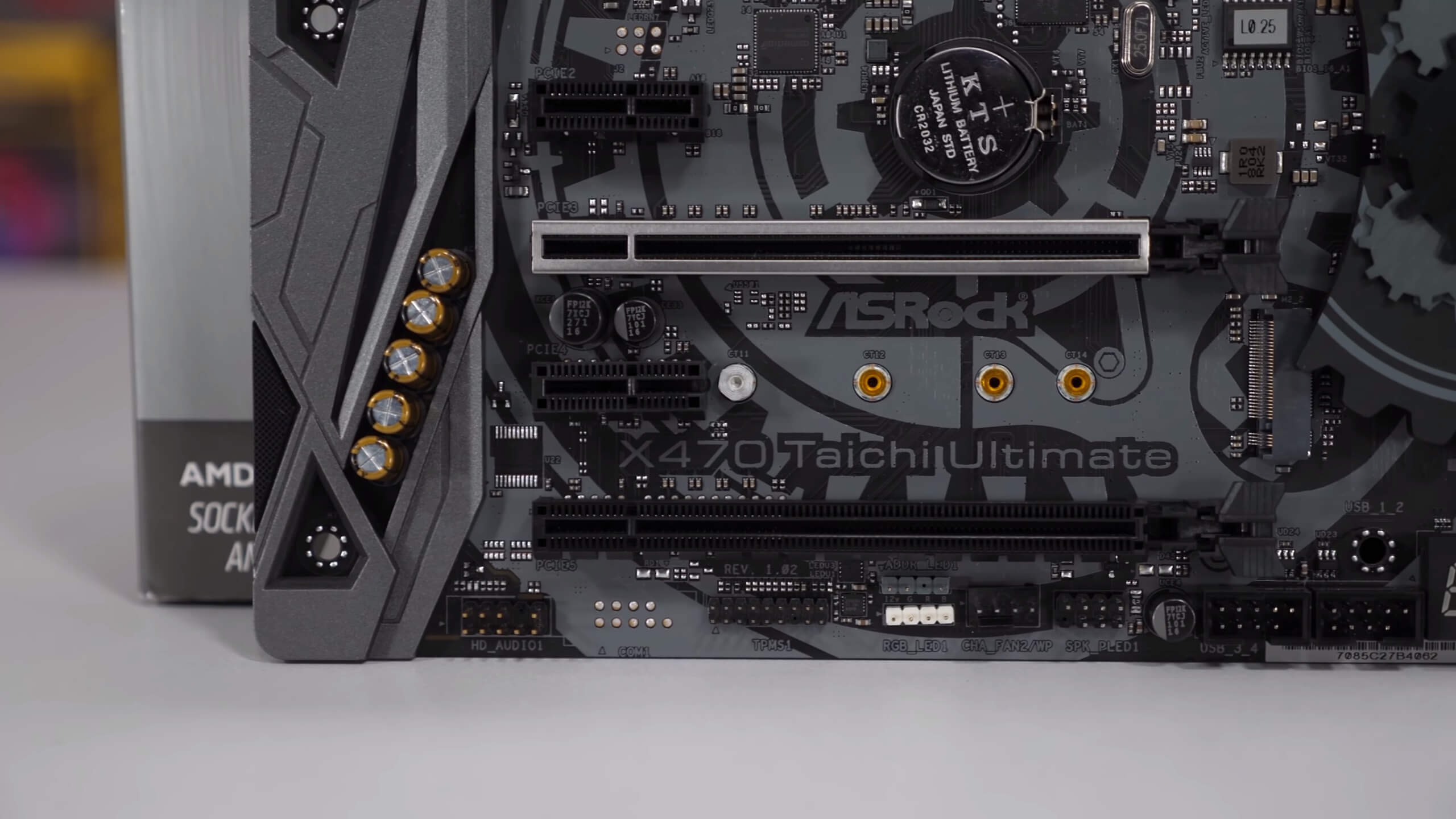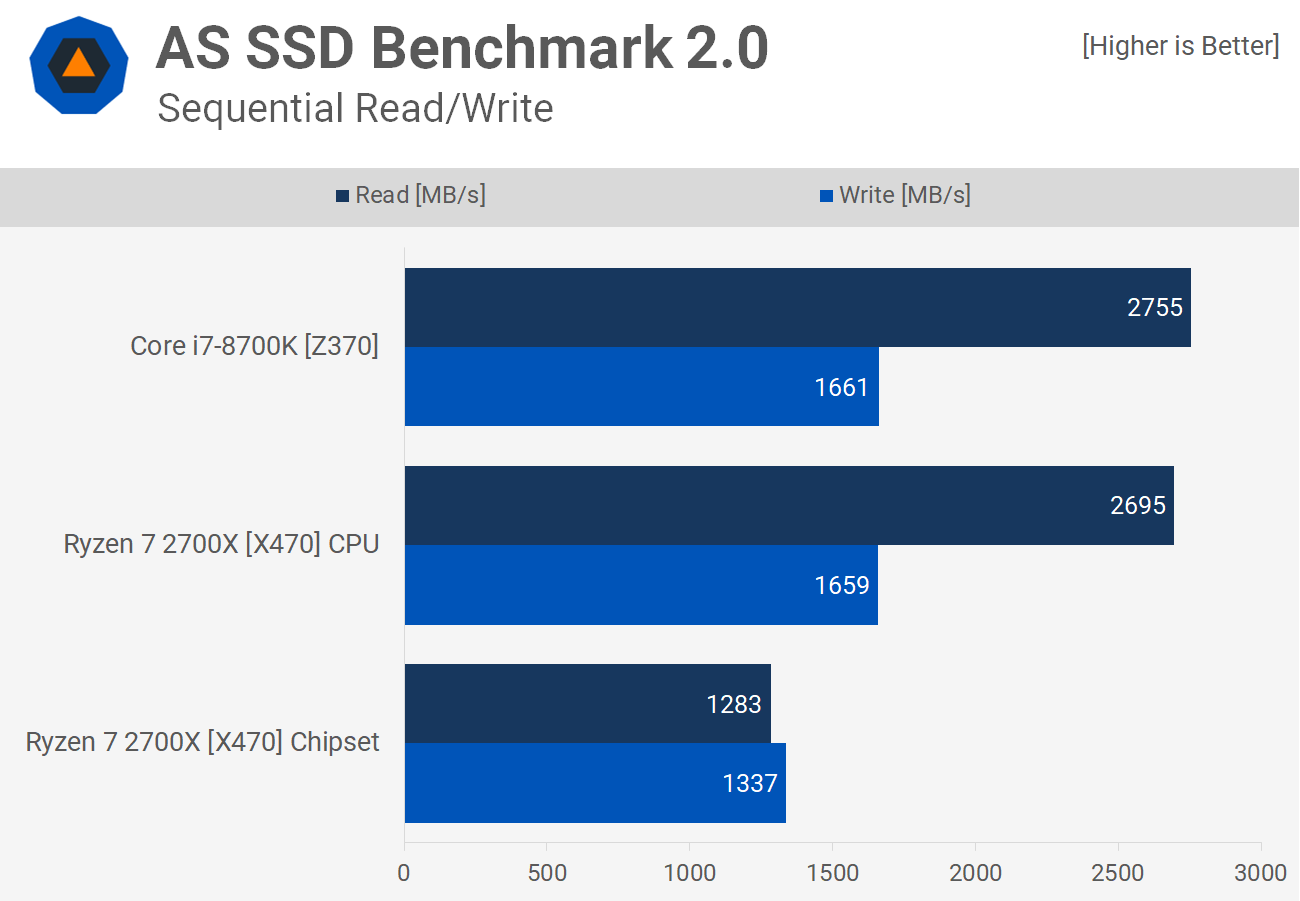Why it matters: It’s been the better part of a decade since PCIe 3.0 was ratified, and at long last, PCIe 4.0 will release later this year with AMD’s next generation Ryzen. It offers double the speeds at about 32GB/s, but with PCIe 5.0 to be finalized sometime this quarter with double the speeds again, where does that leave PCIe 4.0?

For the first time, three PCIe standards are expected to coexist, but they all have a separate role to play. PCIe 3.0 will most likely be relegated to budget motherboards or used for slower storage devices while PCIe 4.0 lanes are used for the graphics card. AMD already does something like on its X470 platform with PCIe 2.0.
PCIe 4.0 will solve some key problems, not with bandwidth, but rather with how lanes are assigned. With GPUs needing 16 and NVMe drives needing 4, the 20 to 24 PCIe lanes consumer motherboards currently have are quickly saturated. PCIe 4.0 could double the bandwidth or halve the lanes required for each device, letting users choose between lots of current gen devices or a few next-gen ones.
At CES 2019 Phison demonstrated its first PCIe 4.0 SSD, which could achieve impressive 4.1GB/s read and 4.3GB/s write speeds. When they upgrade it to Toshiba’s new BiCS 4 flash, they say they can achieve 4.8GB/s read speeds. Even if 7nm Ryzen can’t live up to the substantial hype, its PCIe 4.0 support will undoubtedly make it highly desirable for enthusiasts.

AMD lets users have more PCIe lanes than Intel, but some of them are deprived of bandwidth because of this as we discovered benchmarking last year.
Companies have suggested that PCIe 4.0 storage will launch at the same time as Ryzen 3000, but nothing has been confirmed. AMD has already released a PCIe 4.0 graphics card for deep learning, which suggests their upcoming Navi GPUs might support it, too.
PCIe 5.0 specifications are currently at version 0.9, meaning they’re in the late stages of testing. Other than increasing transfer rates to 32 Gigatransfers per second, aka 63 GB/s, PCIe 5.0 just refines some light electrical standards and continues with the 128b/130b encoding from 3.0.
While consumer graphics cards already have much more bandwidth than they require with PCIe 3.0, the same can’t be said for the server space. High-power workloads such as deep-learning or scientific simulations require multiple GPUs to talk to each other quickly, something PCIe 5.0 can revolutionize. PCIe 5.0 storage devices will also help web servers access data much faster.
According to the group that finalizes PCIe specifications, PCI SIG, a variety PCIe 5.0 devices are in deep development and are expected to debut in the server market late this year.
https://www.techspot.com/news/78355-pcie-50-ready-before-pcie-40-can-launch.html